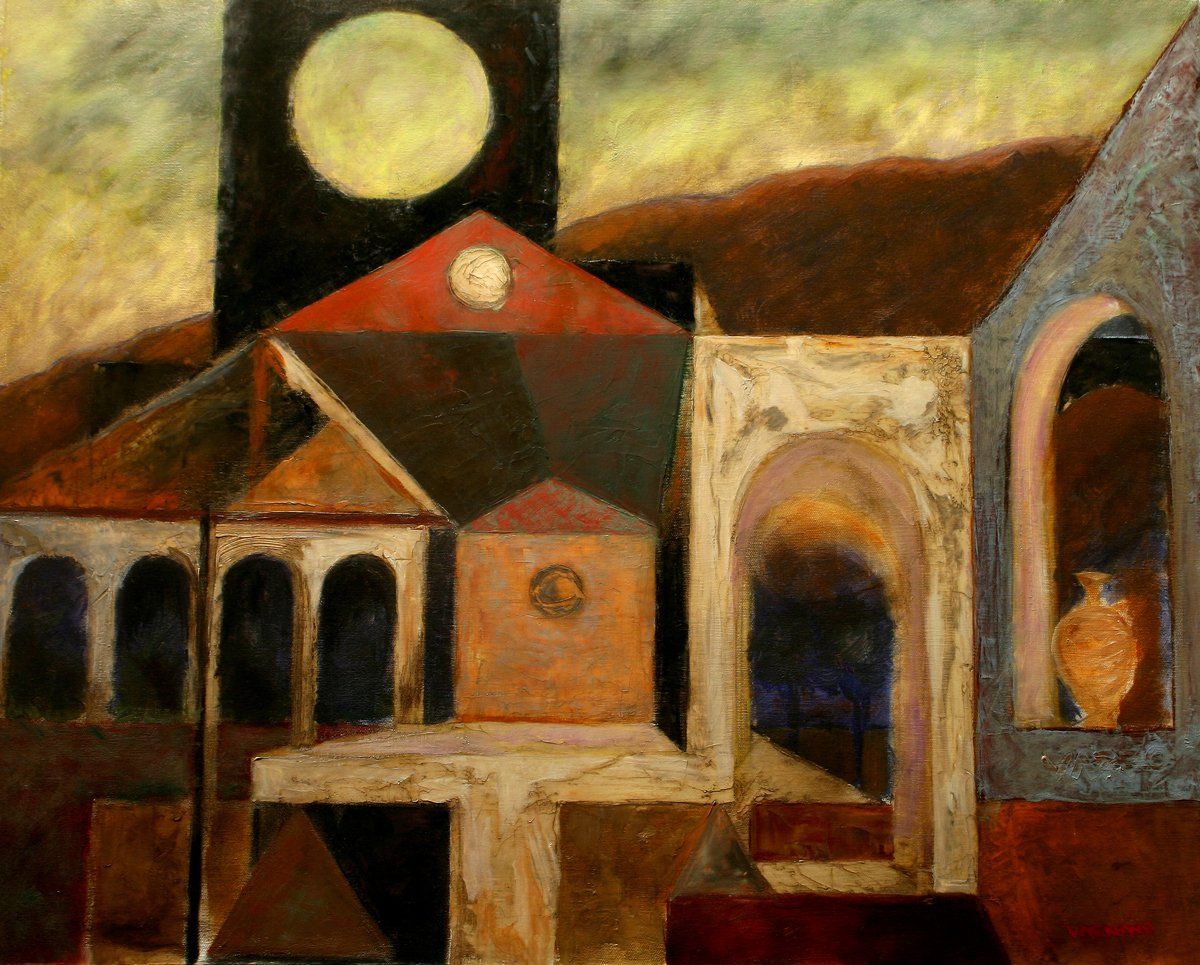
Slide title
Write your caption hereButton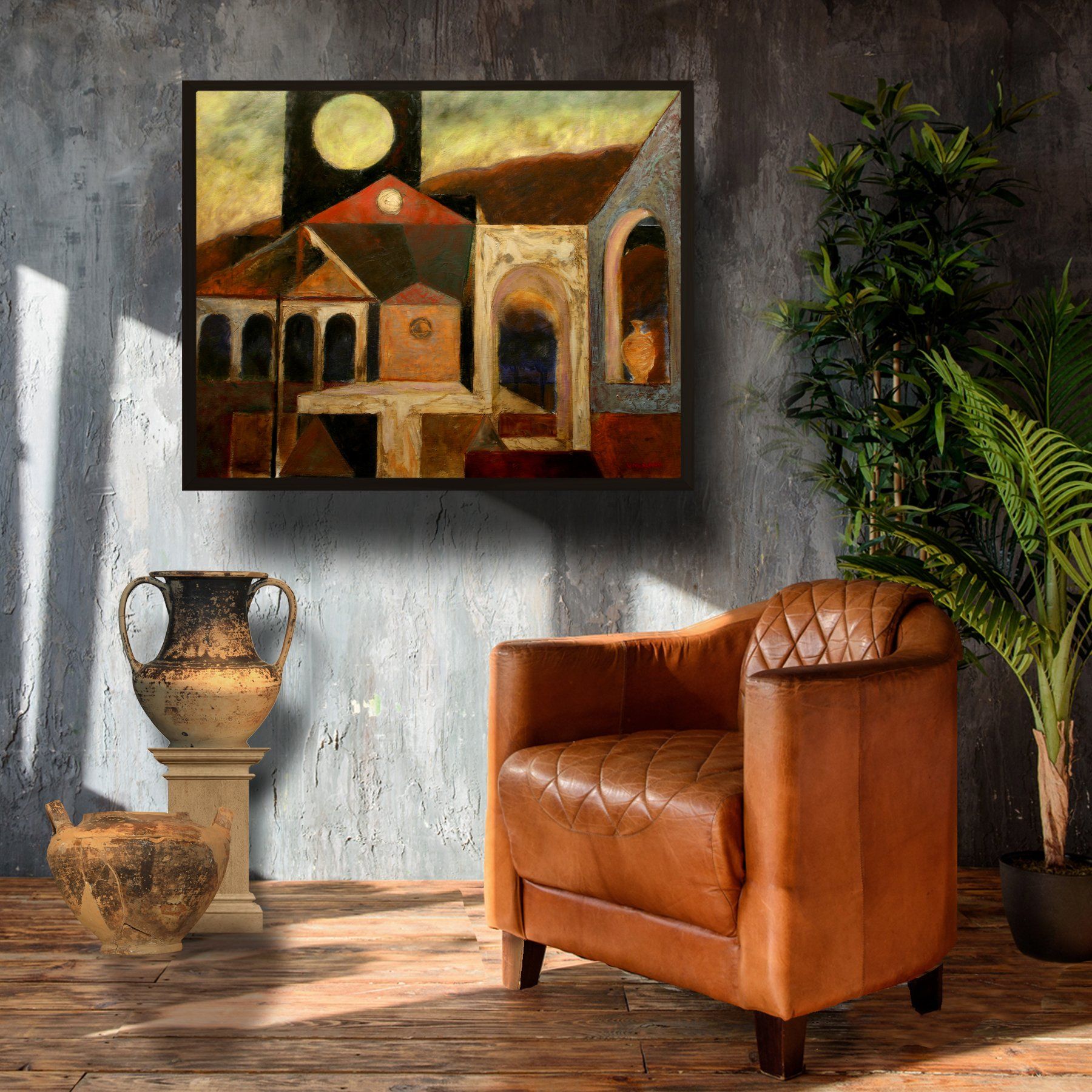
Slide title
Write your caption hereButton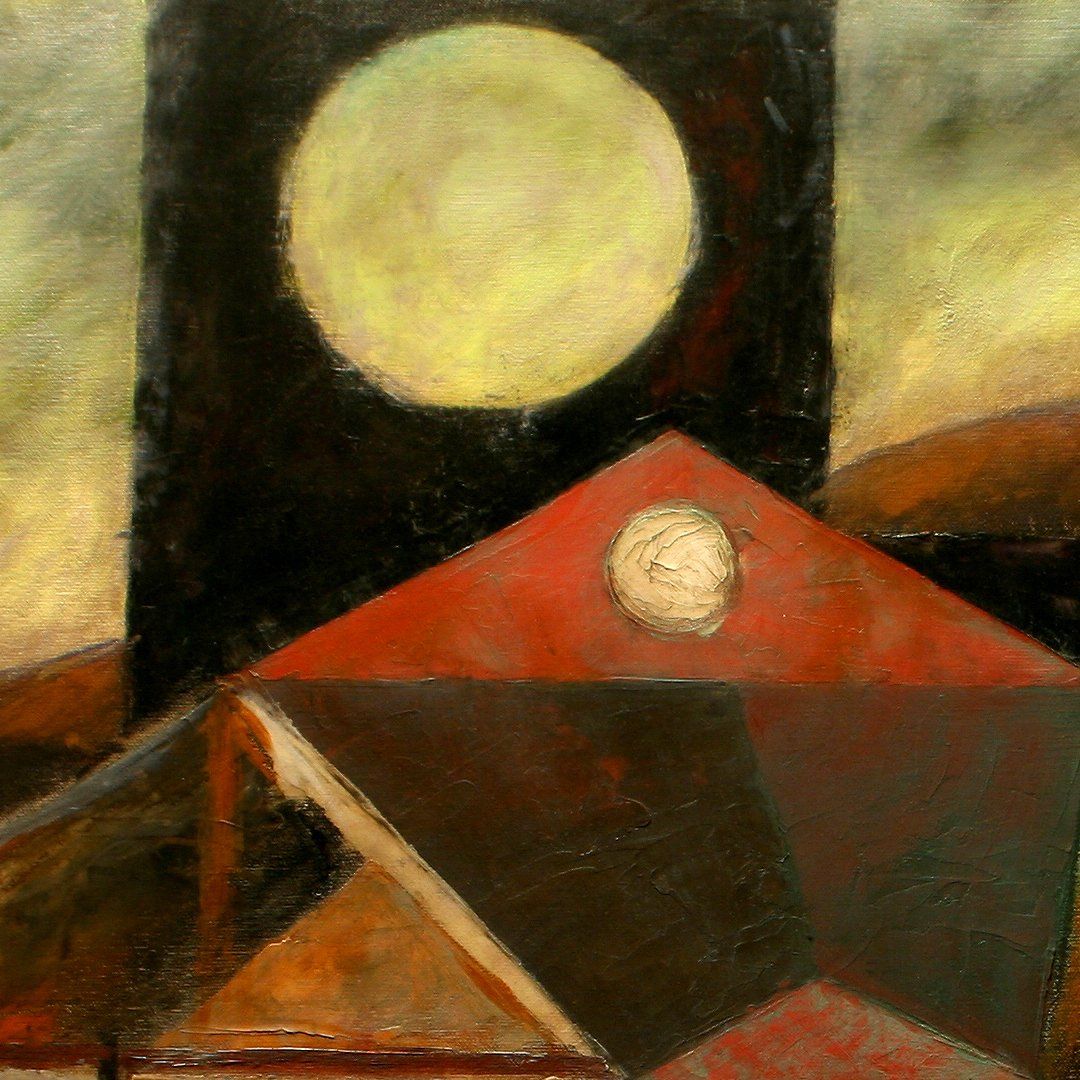
Slide title
Write your caption hereButton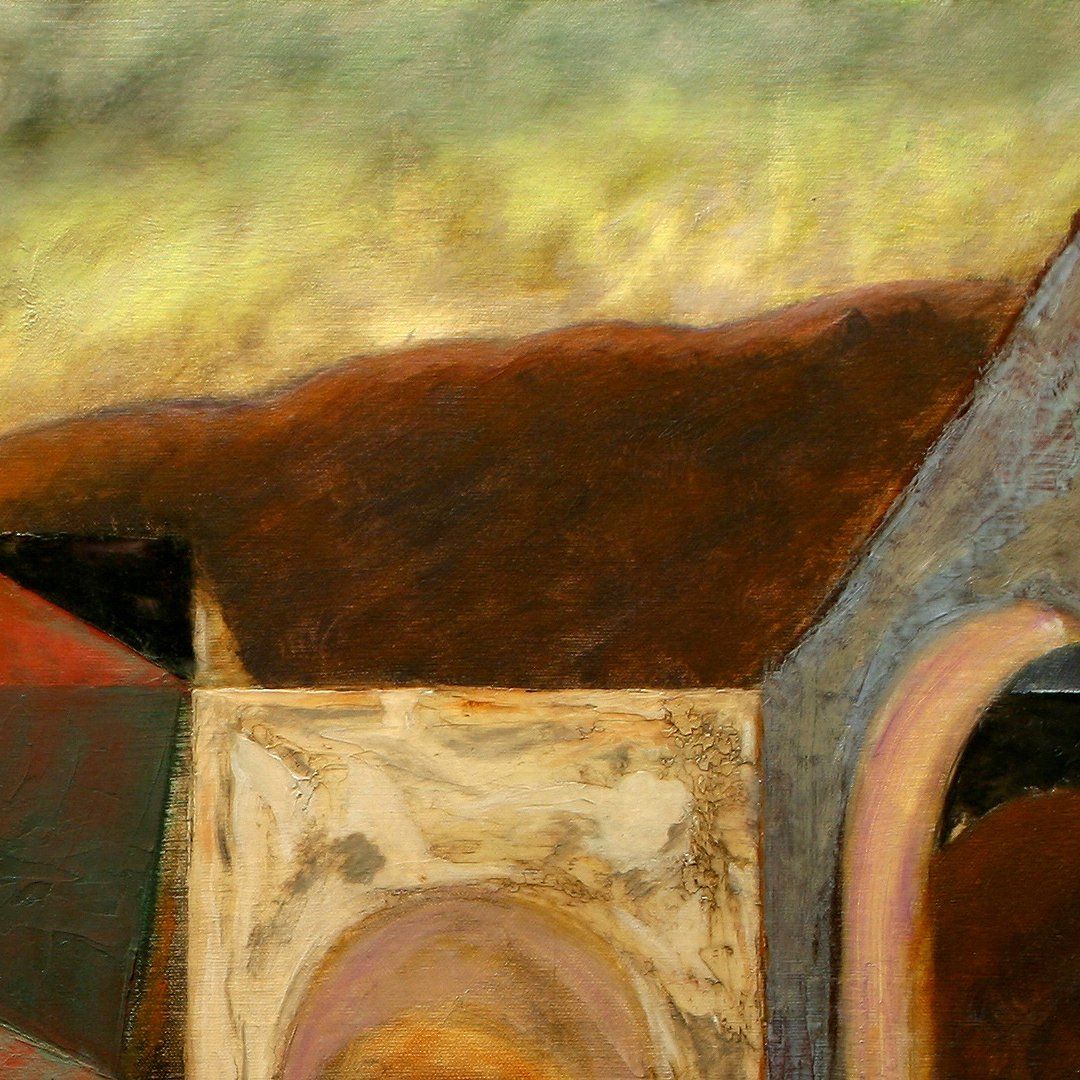
Slide title
Write your caption hereButton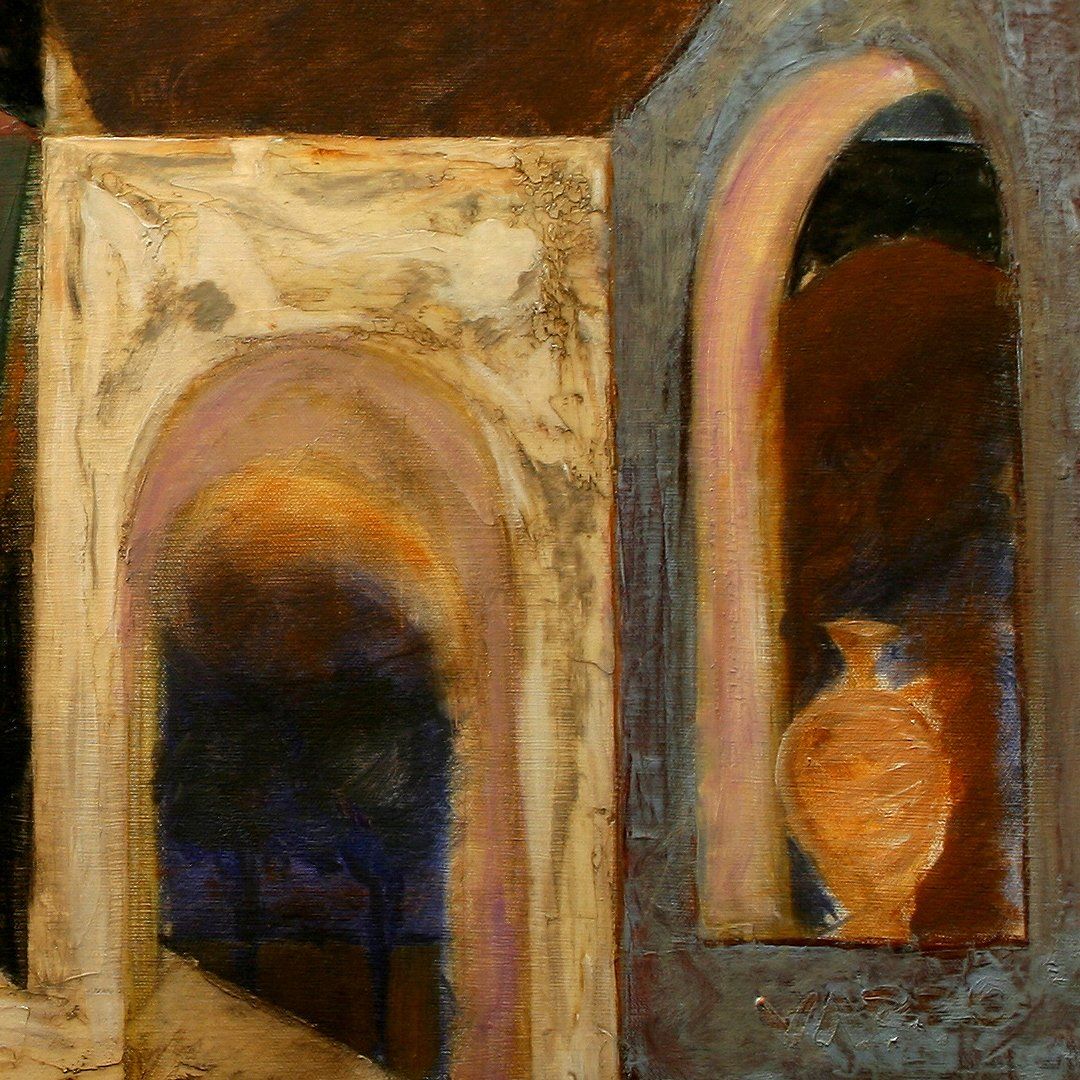
Slide title
Write your caption hereButton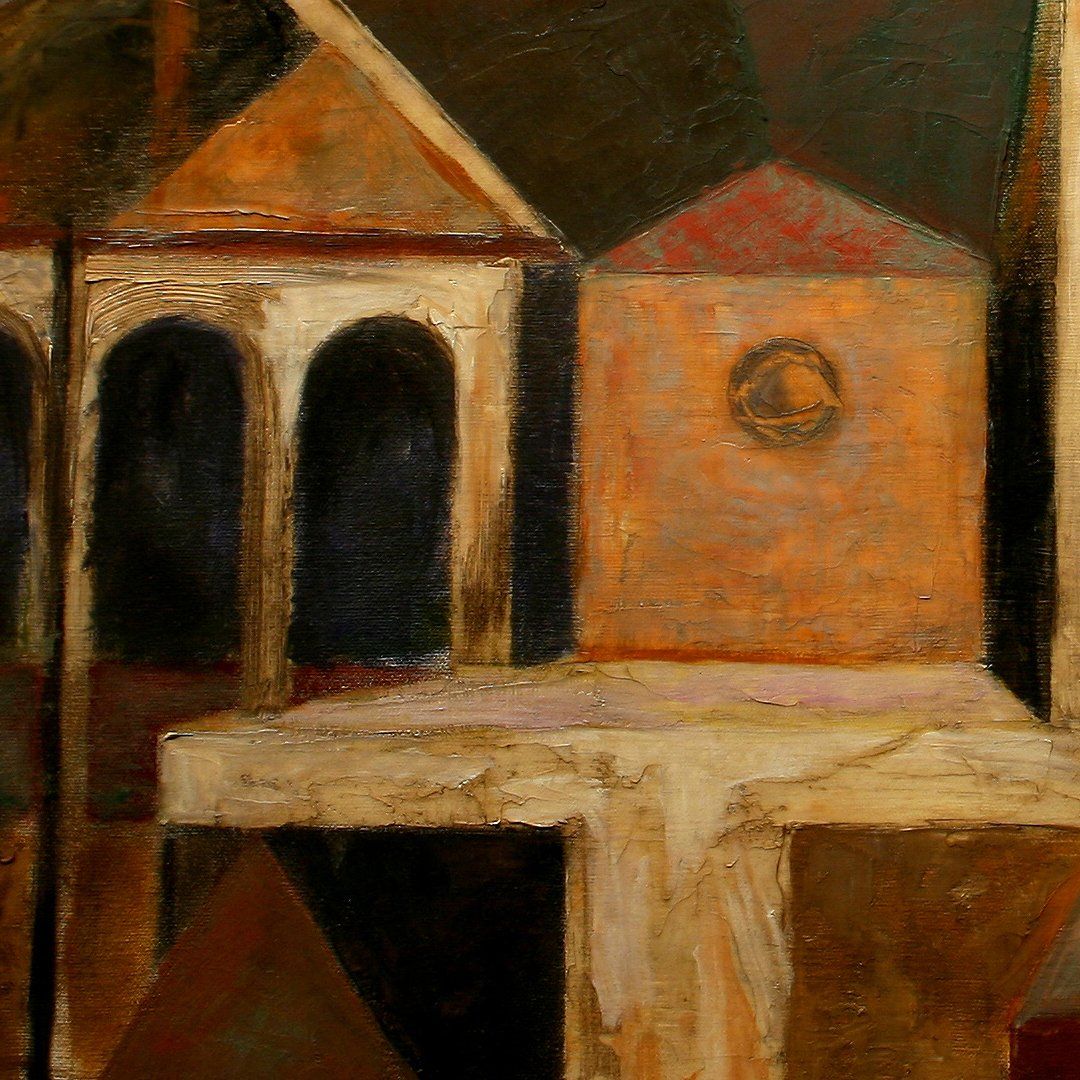
Slide title
Write your caption hereButton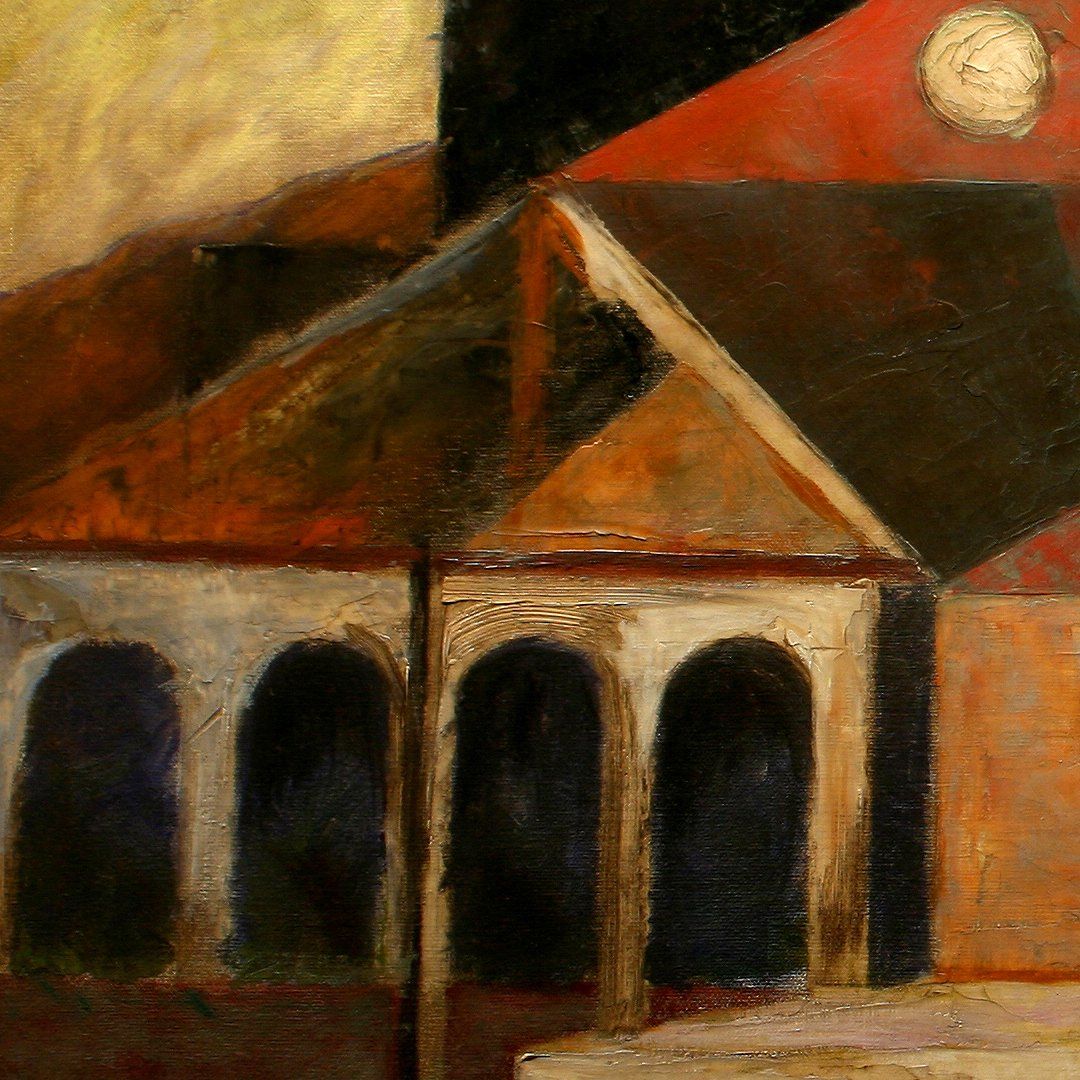
Slide title
Write your caption hereButton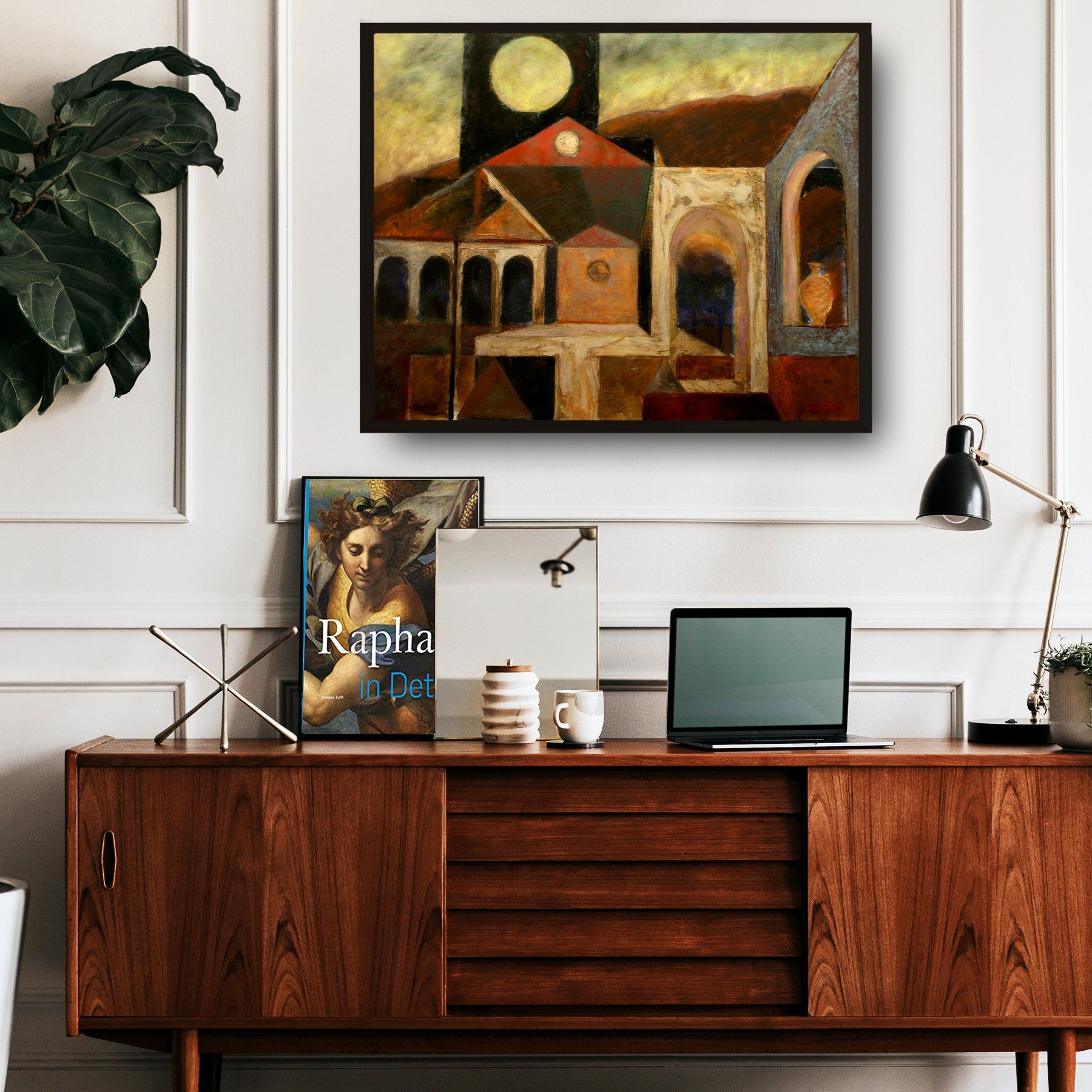
Slide title
Write your caption hereButton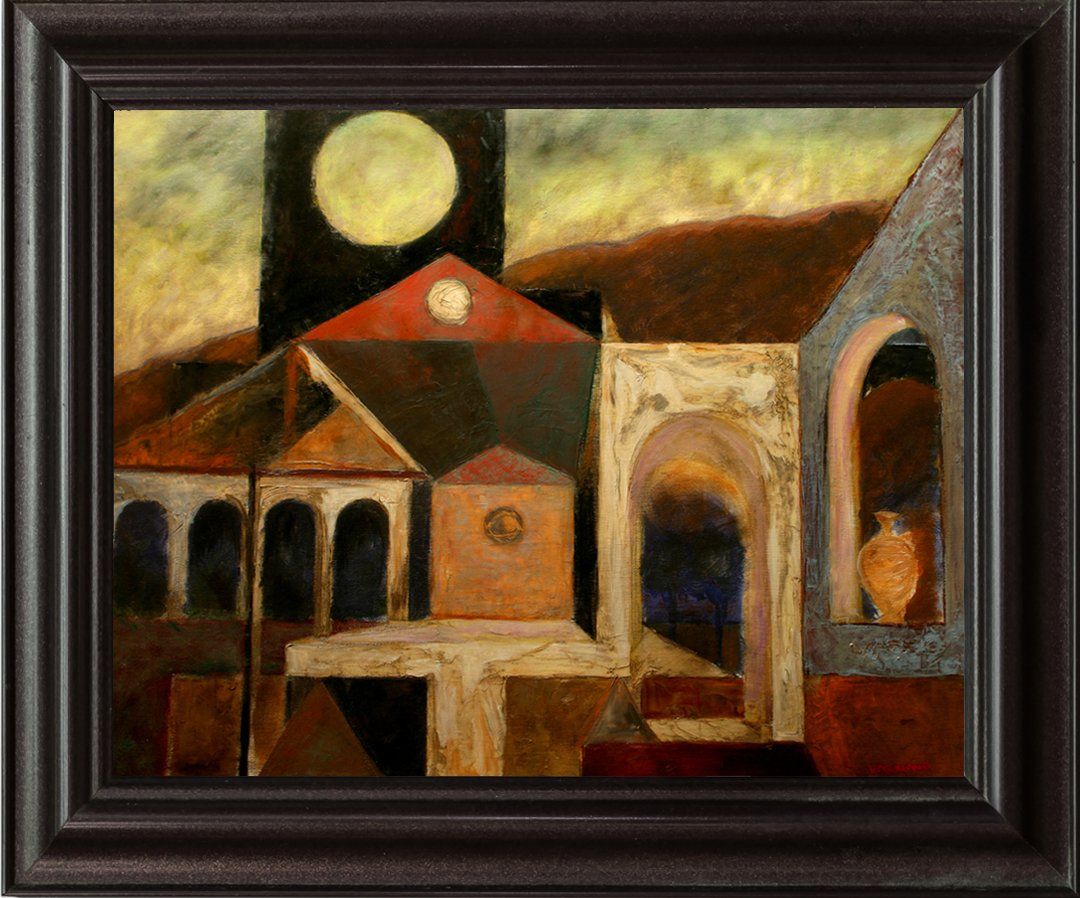
Slide title
Write your caption hereButton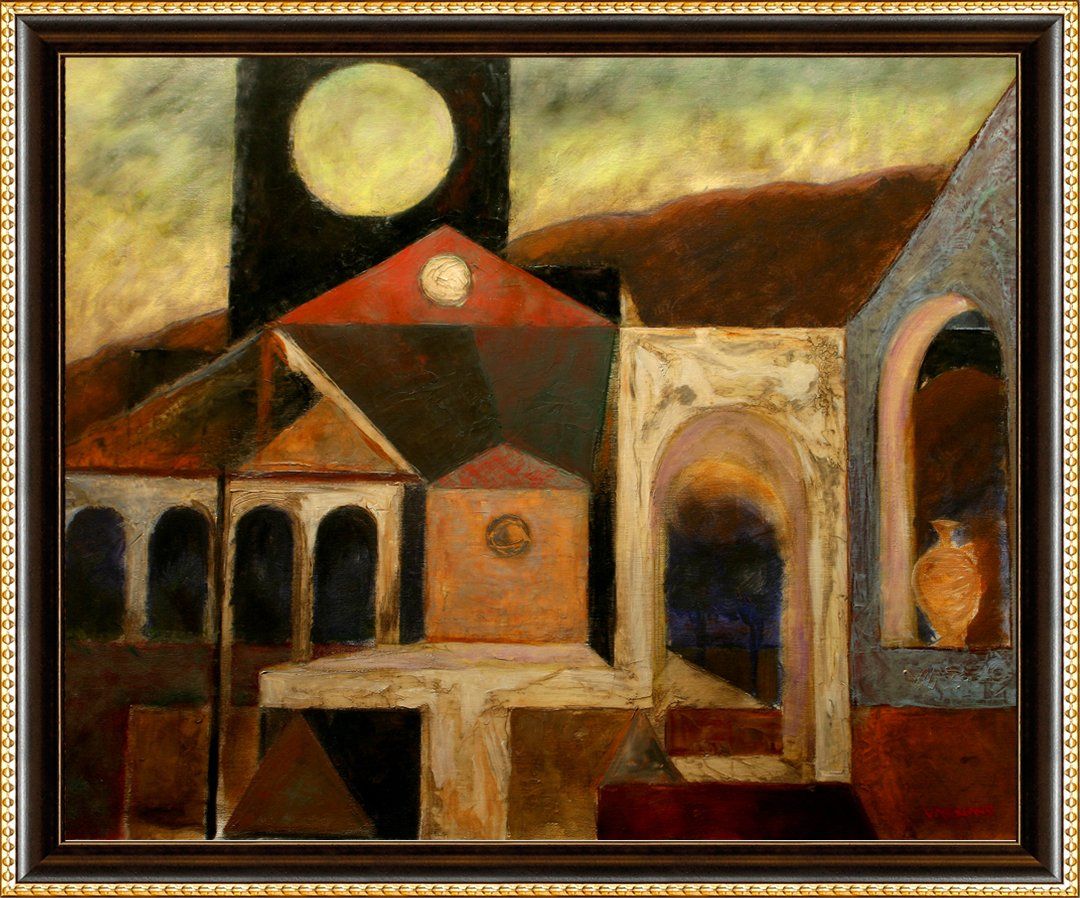
Slide title
Write your caption hereButton
John Varriano, American Artist
Decameron - Abstract oil painting
1995

Slide title
Write your caption hereButton
Slide title
Write your caption hereButton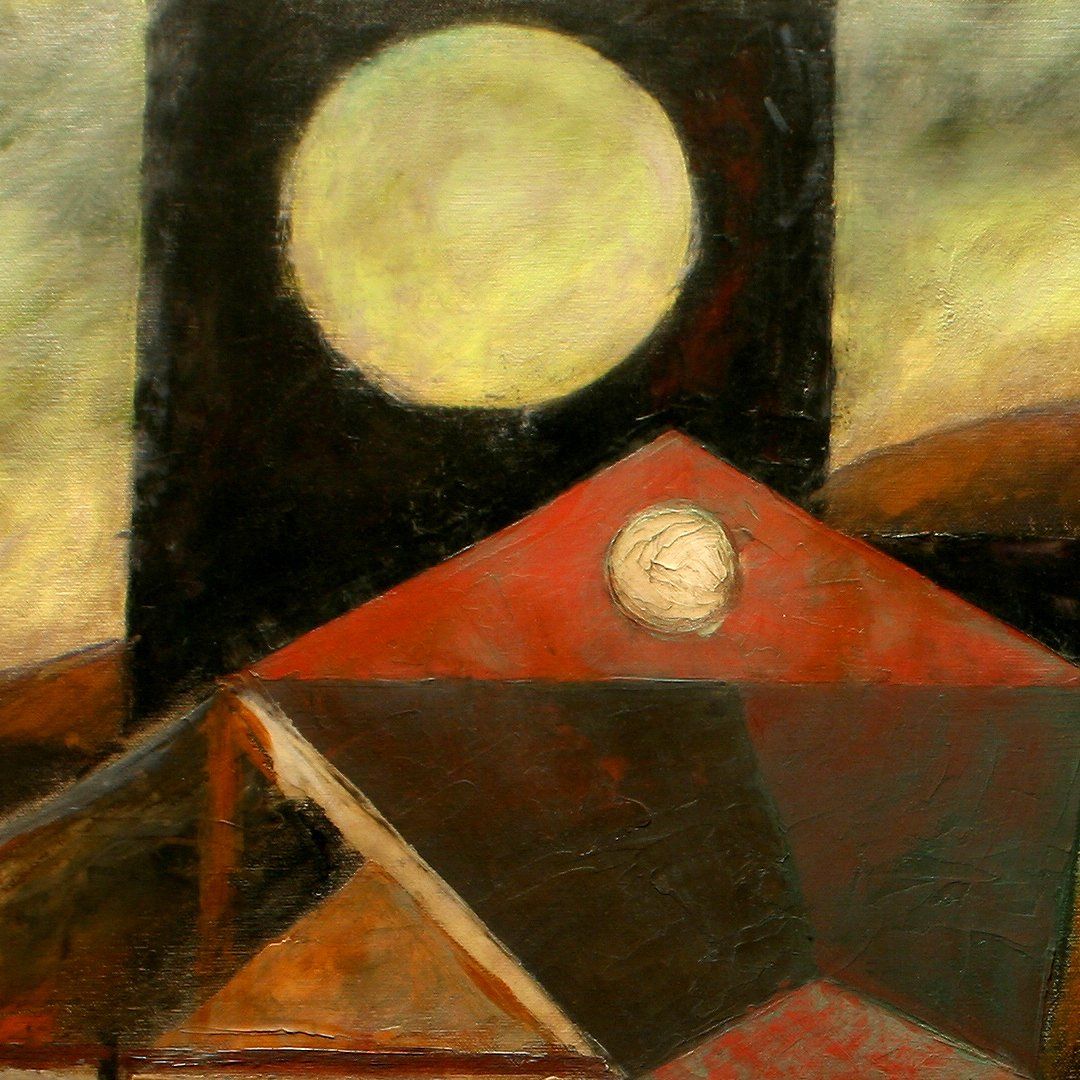
Slide title
Write your caption hereButton
Slide title
Write your caption hereButton
Slide title
Write your caption hereButton
Slide title
Write your caption hereButton
Slide title
Write your caption hereButton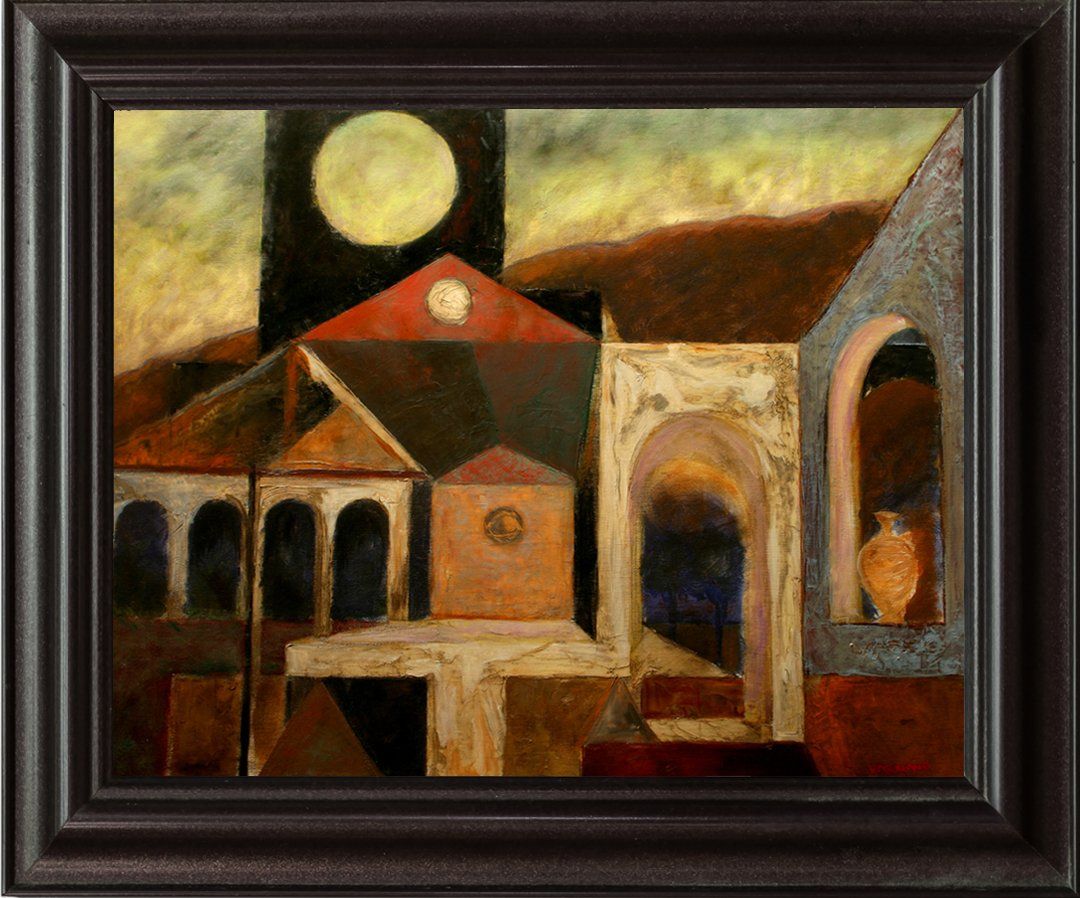
Slide title
Write your caption hereButton
Slide title
Write your caption hereButton
Slide title
Write your caption hereButton
John Varriano, American Artist
Decameron - Abstract oil painting
1995
About
Decameron gives us a timeless glimpse into a world of beauty that succumbed to the desolation of the Black Plague, which ravaged Europe, particularly Italy, during the early Renaissance. Varriano named the painting as a tribute to a book by Giovanni Boccaccio, which bears the same title.
The renowned author opens his tale with ten friends preparing to flee Florence to escape the deadly disease. Varriano shows us the abandoned city they leave behind.
This painting offers intricate, layered juxtapositions on many levels. The bell tower is empty, and without the bell becomes a symbol of silence. The sky turned from a beautiful blue to a sickly, brownish-green indicates something foul in the air. The city, once teeming with activity, is now eerily uninhabited.
Varriano used a palette knife in handling the paint to bathe us in the feeling of cold stone and masonry. Over this, he scrubbed glazes to communicate a solemn sense of heavy, breathless atmosphere.
There is an absence of life, human and animal alike. We also note an absence of trees and vegetation. Both strangely give rise to an unanticipated revelation— in contrast to its starkness, the painting appears mystically imbued with a surreal beauty and quiet grace.
The artist brilliantly demonstrates that beauty flows from form, color, and composition rather than the subject matter depicted. Gazing upon Varriano’s stone edifices, we can see the secrets they possess and will share if we listen. What may they reveal? The desolation was a prelude to a rebirth that would set the world on fire.
Details
Creator
John Varriano,
American Artist
(1962 - Present)
Creation Year
1995
Dimensions
Height: 24 in (60.96 cm)
Width: 30 in (76.2 cm)
Medium
Oil on Canvas
Movement & Style
Abstract Structuralism
About
Decameron gives us a timeless glimpse into a world of beauty that succumbed to the desolation of the Black Plague, which ravaged Europe, particularly Italy, during the early Renaissance. Varriano named the painting as a tribute to a book by Giovanni Boccaccio, which bears the same title.
The renowned author opens his tale with ten friends preparing to flee Florence to escape the deadly disease. Varriano shows us the abandoned city they leave behind.
This painting offers intricate, layered juxtapositions on many levels. The bell tower is empty, and without the bell becomes a symbol of silence. The sky turned from a beautiful blue to a sickly, brownish-green indicates something foul in the air. The city, once teeming with activity, is now eerily uninhabited.
Varriano used a palette knife in handling the paint to bathe us in the feeling of cold stone and masonry. Over this, he scrubbed glazes to communicate a solemn sense of heavy, breathless atmosphere.
There is an absence of life, human and animal alike. We also note an absence of trees and vegetation. Both strangely give rise to an unanticipated revelation— in contrast to its starkness, the painting appears mystically imbued with a surreal beauty and transcendent grace.
The artist brilliantly demonstrates that beauty flows from form, color, and composition rather than the subject matter depicted. Gazing upon Varriano’s stone edifices, we can see the secrets they possess and will share if we listen. What may they reveal? The desolation was a prelude to a rebirth that would set the world on fire.
Details
Creator
John Varriano,
American Artist
(1962 - Present)
Creation Year
1995
Dimensions
Height: 24 in (60.96 cm)
Width: 30 in (76.12 cm)
Medium
Oil on Canvas
Movement & Style
Abstract Structuralism